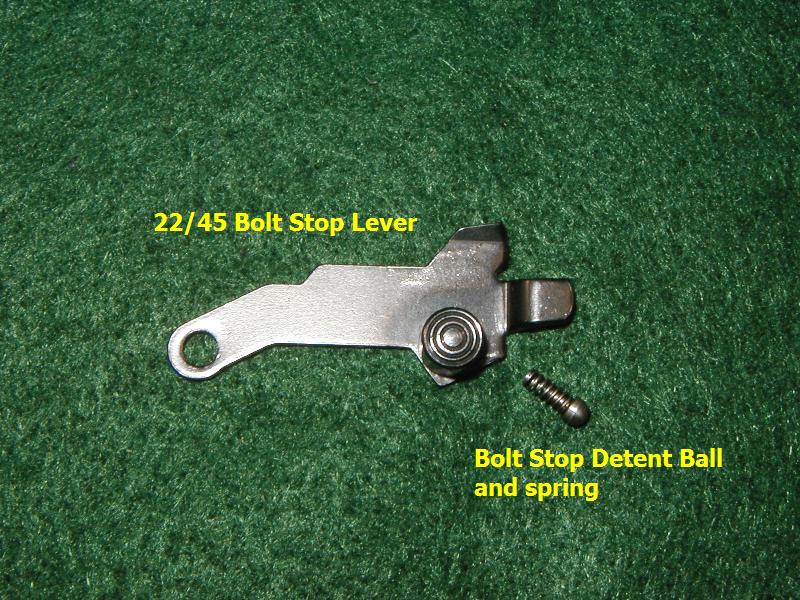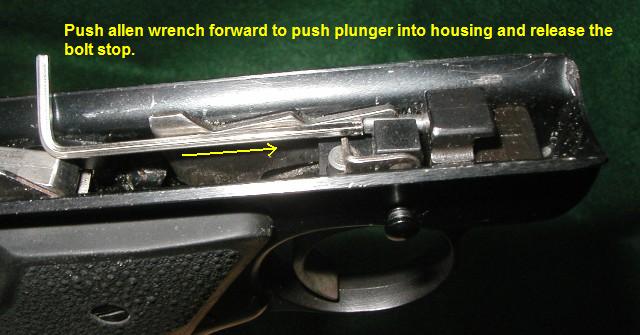I usually use the slide release but I'm trying to get in the habit of going hand over slide since in an actual defensive situation I'd rather rely less on fine motor skills and more on using larger muscle groups.
Oh, please, not the gross motor skills bushwa again.
The assertion by some of the cool kids instructors is that using your hand on the slide is a gross motor skill, while pressing down on the slide stop with your weak hand thumb is a fine motor skill. And since fine motor skills degrade when you are under an adrenaline rush, that you will screw up with the slide stop but not screw up using your hand on the slide.
There are some problems with this, however. First, they use pseudo-scientific jargon, in order to add credence to their theory, but they use it incorrectly. What is a gross motor skill versus a fine motor skill? The distinction between fine and gross motor skills comes from child development theory. Gross motor skills involve using your arms and legs. Using your fingers and/or hands is a fine motor skill. So both depressing the slide stop and grabbing slide are fine motor skills. The distinction between fine and gross motor skills does not apply to differentiate the two.
https://en.wikipedia.org/wiki/Gross_motor_skill
Second, they assert that you will be able to hit the magazine release with your thumb and the trigger with your index finger, but you won't be able to hit the slide stop with your thumb. But they don't acknowledge that inconsistency in their argument.
Third, they assert that grabbing the slide is less error prone than depressing the slide stop. But, once again, they simply assert this without providing any evidence to support it. I've seen a master class shooter in IDPA have his hand slip off the slide twice while trying to reload his gun. He was not an inexperienced shooter. In contrast, I've never seen anyone miss the slide stop with their thumb.
Fourth, they ignore the fact that pulling back on the slide is 1/4 to 1/2 second slower than using the slide stop. If you are in a gunfight, you are in deep doodoo. If you are in a gunfight and run your gun dry, you are in even deeper doodoo, and that 1/4 to 1/2 second maybe the difference between life and death.
Try both methods. Do the following drill several times with a timer: from low ready, shoot two rounds, reload, shoot two rounds. Do it with both techniques and see which is faster and more reliable for you. If you have a gun with a generously sized slide stop in the correct location (e.g., 1911, HK), then the slide stop might be the best alternative. If you have a gun with a dinky slide stop (Glock standard slide stop), then you might want to replace it with a bigger slide stop (Glock extended slide stop) or pull back on the slide.
Both techniques work. Choose which one works best for you. But please don't repeat the gross motor skill bullcrap, because it is, in fact, a steaming pile of poo.





![Wink [wink] [wink]](/xen/styles/default/xenforo/smilies.vb/002.gif)